LESSON OVERVIEW
The main objectives of this flipped lesson are to:
- practise vocabulary to describe people’s appearance;
- watch a video on women’s self-image;
- exercise filler words.
With this lesson, students work on vocabulary to discuss people’s physical appearance (e.g. blonde, tattoo, curvy, etc.). Students also talk about opinions on looks and debate self-image and beauty standards. They watch a video of women talking about the way they look and practise body parts vocabulary (e.g. complexion, thigh, bum, etc.). Additionally, they explore filler words (ooh, um, erm and well).
PRE-CLASS ACTIVITIES
In the pre-class part of this lesson, students prepare to describe people’s appearance and match descriptions (e.g. This person has straight hair. They are wearing it in a ponytail. They also have make-up on.) with their pictures. Then, they use the words in bold from the previous task to complete notes (words to talk about hair, words to talk about body shape and words to talk about decorating your body). After that, students complete sentences with the words. They also choose a photo of a person they have on their phone and describe them using words about physical appearance. In their description, students write one thing that is not true about the person’s appearance and take the photo to the lesson.
IN-CLASS ACTIVITIES
In this part of the lesson, students use the photo and the description they wrote before class and describe people’s appearance. They read the description for other students to find the piece of information which is not true. Following that, students choose one option to complete sentences about opinions on appearance (e.g. Putting on make-up is/isn’t a waste of time.) They also continue the sentences using ’because’. Afterwards, they say if they agree or disagree with statements about gender differences in self-image and beauty standards (e.g. Men do as much as women to look attractive.).
Next, students watch a video where women talk about their appearance and choose the statement that best sums it up. After that, they match body parts (complexion, thigh, bum, etc.) with the parts of a picture. Then, students watch the first part of the video again and tick the things the women say they don’t like in their body. Subsequently, they look at filler words (ooh, um, erm and well) and choose the reason from a list why people might use them. Then, students watch the second part of the video again and check their answers. After that, they ask their partner questions about personal choices in appearance and style. Students answer them using filler words to show they’re thinking about the question. They give an answer and, then, exchange roles. Finally, students discuss questions about perceptions and opinions on beauty and body image.
HOMEWORK/REVISION
This lesson plan also includes an additional task that you can use as homework or revision. In the task, students find the odd word in groups of words and explain their choice. Then, they choose words to write a description of a person. The task is available in the teacher’s version of the worksheet. You can print it and hand it out to your students. It’s also included in the e-lesson plan.
WORKSHEETS
Subscribe to unlock these and many other Standalone lesson lesson plans with the Unlimited plan
Subscribe
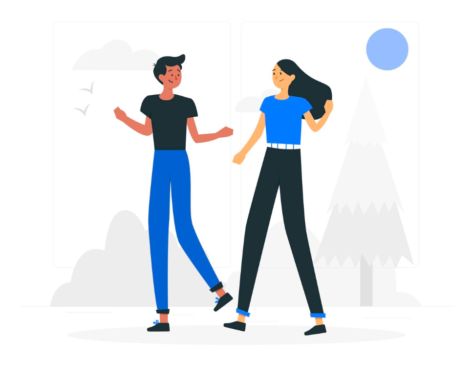
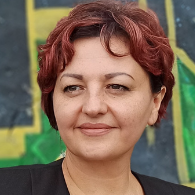
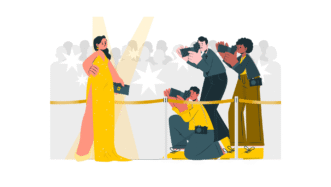
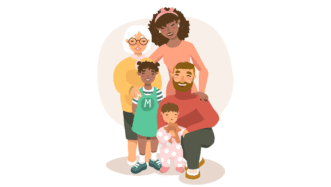
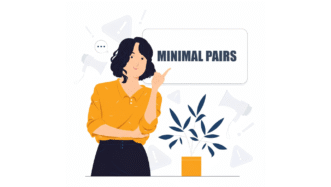

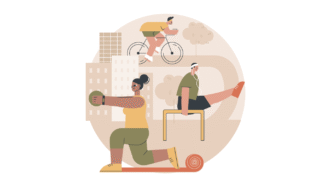


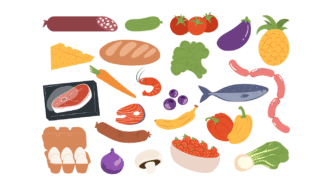




Definitely highlights gender differences but I would argue that men are increasingly dealing with the same issue. Thanks for this inspiring and thoughtful lesson
Thank you so much for your comment! We’re happy you liked the lesson 🙂